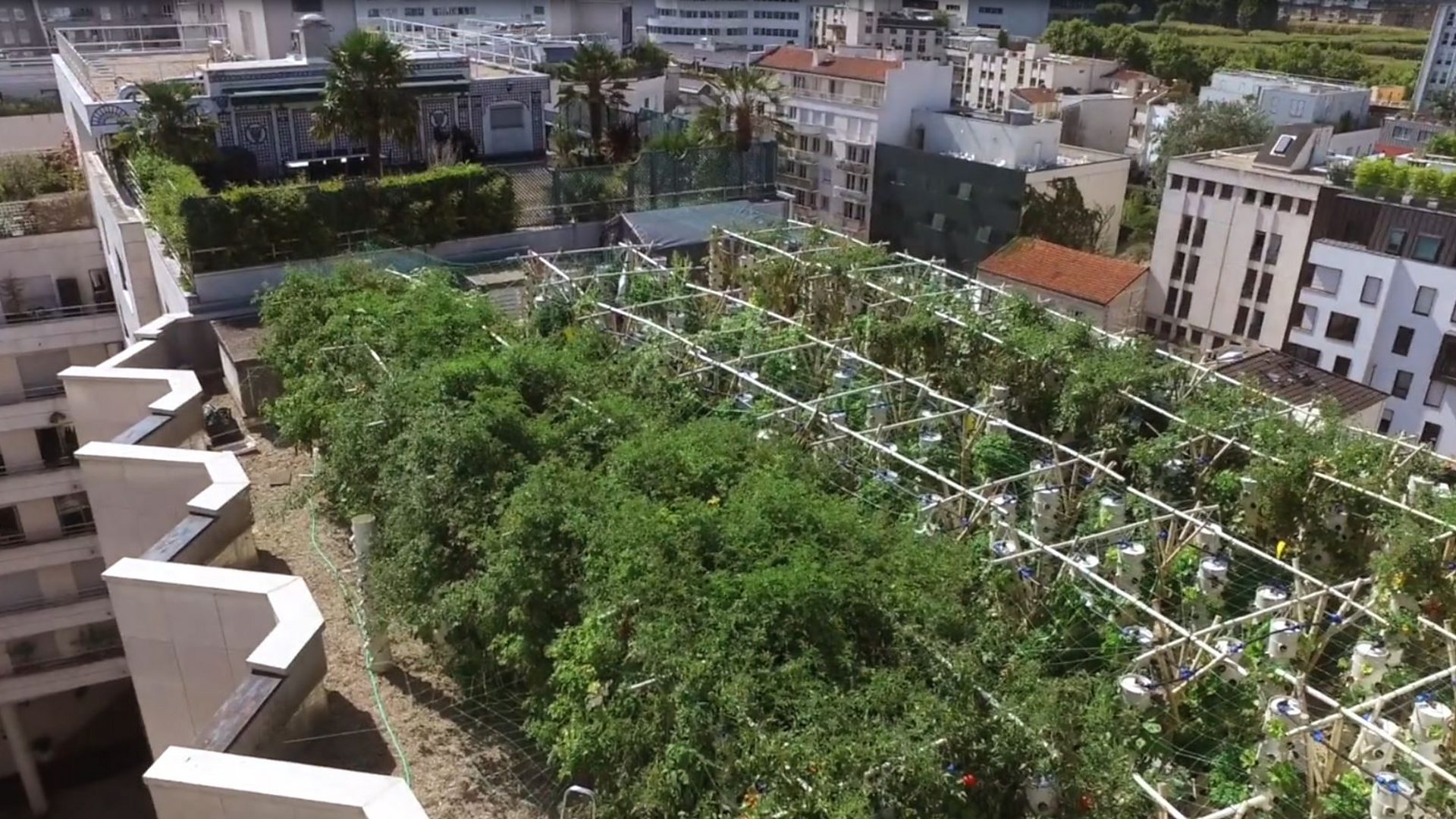
Rooftop Bounty: Elevate Your Space with Vegetable Gardening

Rooftop Bounty: Elevate Your Space with Vegetable Gardening
Have you ever gazed at your rooftop and wondered about the untapped potential it holds? Rooftop vegetable gardening is a trend that’s gaining popularity, transforming overlooked spaces into thriving green havens. Not only does it allow you to make the most of limited space, but it also brings you closer to the food you consume, fostering a sense of self-sufficiency.
Embracing Sustainability
Rooftop vegetable gardening is a sustainable practice that aligns with the principles of urban agriculture. By utilizing unused rooftop space, you contribute to the green movement while reducing your ecological footprint. The practice encourages the cultivation of organic, locally sourced produce, promoting a healthier lifestyle and minimizing the environmental impact associated with traditional agriculture.
Optimizing Space and Resources
One of the key advantages of rooftop gardening is its efficient use of space. In urban environments where ground space is limited, rooftops offer a unique opportunity to grow a variety of vegetables and herbs. Vertical gardening, container gardening, and raised beds are popular techniques that maximize available space while allowing for proper drainage and soil aeration. With strategic planning, even the smallest rooftop can be transformed into a productive garden.
Choosing the Right Vegetables
Selecting the right vegetables for your rooftop garden is crucial for success. Consider the local climate, sunlight exposure, and available space when choosing your crops. Herbs like basil, mint, and rosemary thrive in containers, while tomatoes, peppers, and lettuce can flourish in larger planters or raised beds. Tailoring your choices to your specific rooftop conditions ensures a bountiful harvest.
The Importance of Sunlight
Sunlight is a vital factor in the success of any rooftop garden. Assess the sunlight exposure on your rooftop throughout the day to determine the best placement for your plants. Most vegetables require at least six hours of direct sunlight daily, so optimizing sunlight exposure will significantly impact the productivity of your garden. Be mindful of nearby structures that may cast shadows and plan accordingly.
Managing Water and Drainage
Proper watering is essential for the health of your rooftop garden. Implement an efficient irrigation system that ensures consistent moisture without overwatering. Additionally, consider the drainage needs of your plants to prevent waterlogged soil, which can lead to root rot. Container gardens should have adequate drainage holes, and raised beds can be designed with a sloping base to facilitate water runoff.
Connecting with Nature in Urban Spaces
Rooftop vegetable gardening goes beyond practical benefits; it fosters a deeper connection with nature in urban environments. Tending to your rooftop garden provides a therapeutic escape from the hustle and bustle of city life, offering a serene retreat where you can reconnect with the earth. The satisfaction of harvesting your own fresh produce adds a gratifying touch to this urban oasis.
Join the Rooftop Revolution
Ready to embark on the rooftop gardening journey? It’s time to elevate your space and transform your rooftop into a thriving vegetable garden. Embrace sustainability, optimize space, choose the right vegetables, harness sunlight,

